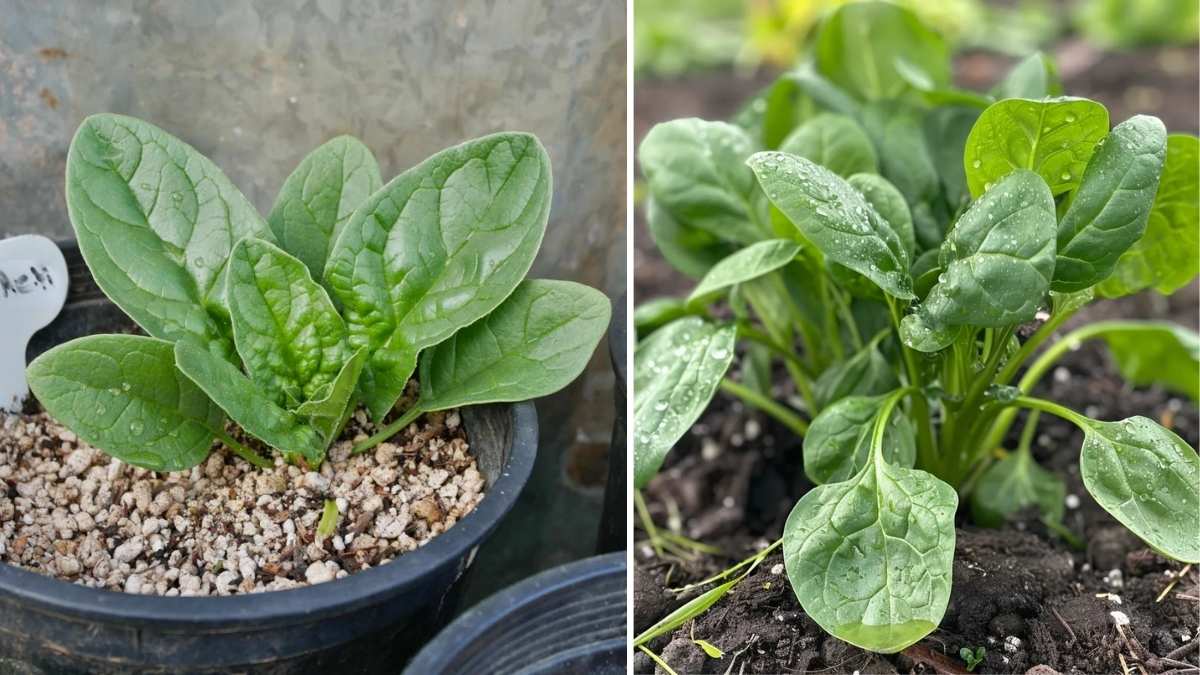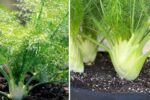Growing spinach at home can be a rewarding and satisfying experience. Spinach is one of the most versatile leafy greens, perfect for salads, soups, or sautéed dishes. Best of all, it is relatively easy to grow, even for beginners. In this article, we will guide you through eight simple steps to grow spinach in your own garden or containers, ensuring you get a healthy and abundant harvest.
Why Grow Spinach?
Growing spinach at home offers a range of benefits that go beyond just having a fresh green to add to your meals. Spinach is not only packed with nutrients but also easy to grow, making it an excellent choice for both beginners and seasoned gardeners. Here are Some Simple Steps to Grow Spinach.
Step 1: Choose the Right Variety of Spinach
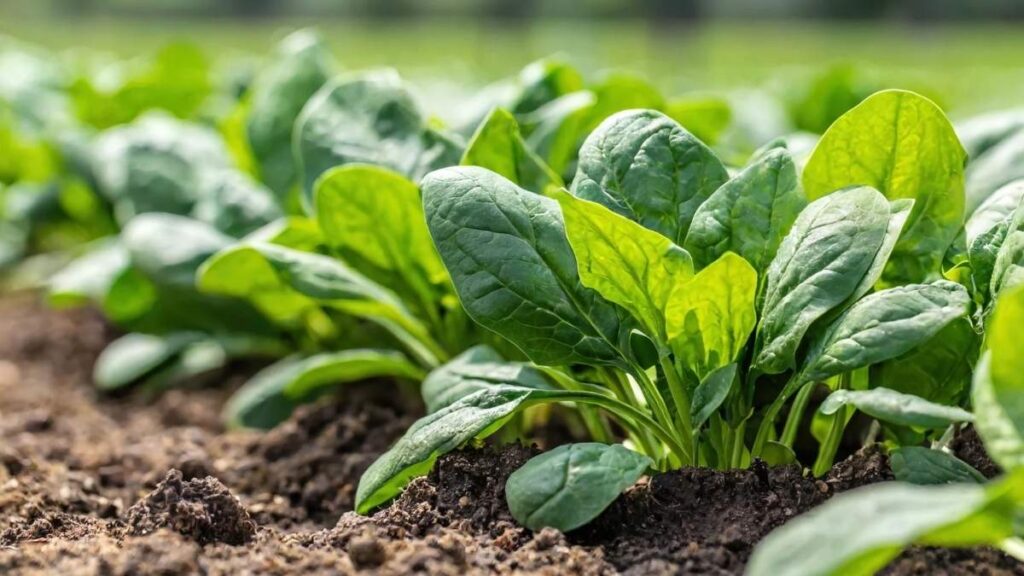
The first step in growing spinach is selecting the right variety. There are two primary types: savoy and flat-leaf. Savoy spinach has crinkled leaves and is known for its slightly stronger flavor, while flat-leaf spinach has smooth, broad leaves and is milder in taste. You should choose based on your personal preference and the growing conditions in your area. Some varieties, like ‘Bloomsdale,’ are more resistant to heat, while others, such as ‘Baby’s Leaf,’ grow faster and are perfect for harvesting young.
Step 2: Pick a Suitable Location
Spinach thrives in cool temperatures, ideally between 50°F and 60°F (10°C to 15°C). For the best results, choose a spot in your garden that receives partial sunlight. In hot climates, it’s a good idea to plant spinach in a location where it gets morning sun and afternoon shade. If you are growing spinach indoors or in containers, ensure that the spot has access to at least 4-6 hours of indirect sunlight daily.
Step 3: Prepare the Soil
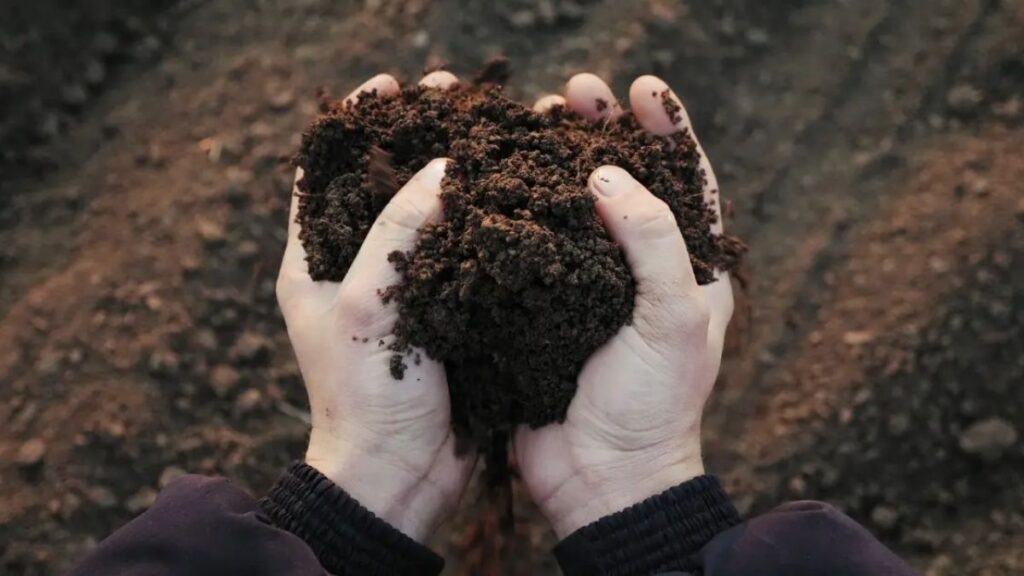
Spinach grows best in well-drained, fertile soil. Before planting, enrich your soil with compost or organic matter to improve its texture and nutrient content. The soil should have a slightly acidic to neutral pH, ideally between 6.0 and 7.0. If your soil is heavy or clay-like, consider adding sand to improve drainage. Spinach is a shallow-rooted plant, so it doesn’t require deep soil, but it does benefit from good aeration.
Step 4: Plant the Seeds
Spinach can be grown from seeds, and the process is simple. Plant the seeds about 1/2 inch deep in the soil, spacing them around 2-4 inches apart. If you are growing spinach in rows, leave about 12 inches of space between rows to allow for air circulation and healthy growth. For container gardening, use a pot with a depth of at least 6 inches. Water the soil gently after planting to help the seeds settle in.
Step 5: Water Properly
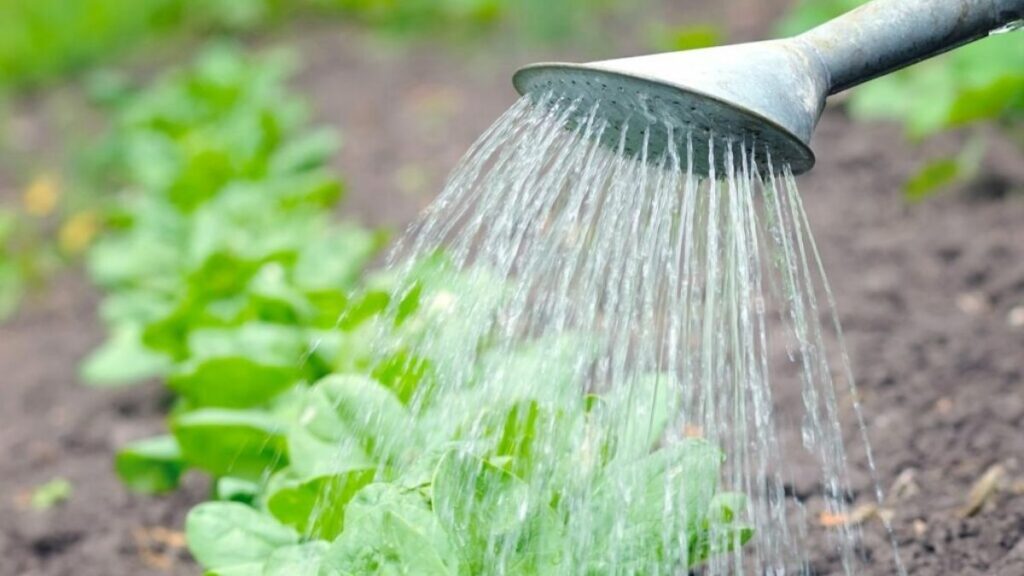
Spinach requires consistent moisture, especially in the early stages of growth. Keep the soil moist but not soggy. A light, regular watering schedule is ideal. Avoid letting the soil dry out completely, as this can stress the plants and hinder their growth. However, standing water can lead to root rot, so ensure good drainage. Consider using a drip irrigation system or a soaker hose for even water distribution.
Step 6: Thin the Seedlings
Once your spinach seedlings have emerged, it is important to thin them to ensure they have enough space to grow. If the plants are too crowded, they will compete for nutrients, light, and space, leading to stunted growth. Thin the seedlings by removing the weaker ones, leaving about 4-6 inches of space between each plant. This step will help the remaining plants grow larger and healthier.
Step 7: Provide Regular Care
Spinach is a low-maintenance plant, but it does require some attention throughout the growing season. Keep an eye out for pests like aphids, slugs, and snails, which can damage the leaves. If you notice any signs of pests, remove them by hand or use an organic pesticide. Additionally, apply a balanced fertilizer every few weeks to provide the plants with the nutrients they need. If you’re growing spinach in containers, make sure to fertilize more frequently, as container soil tends to lose nutrients faster than garden soil.
Step 8: Harvest Your Spinach
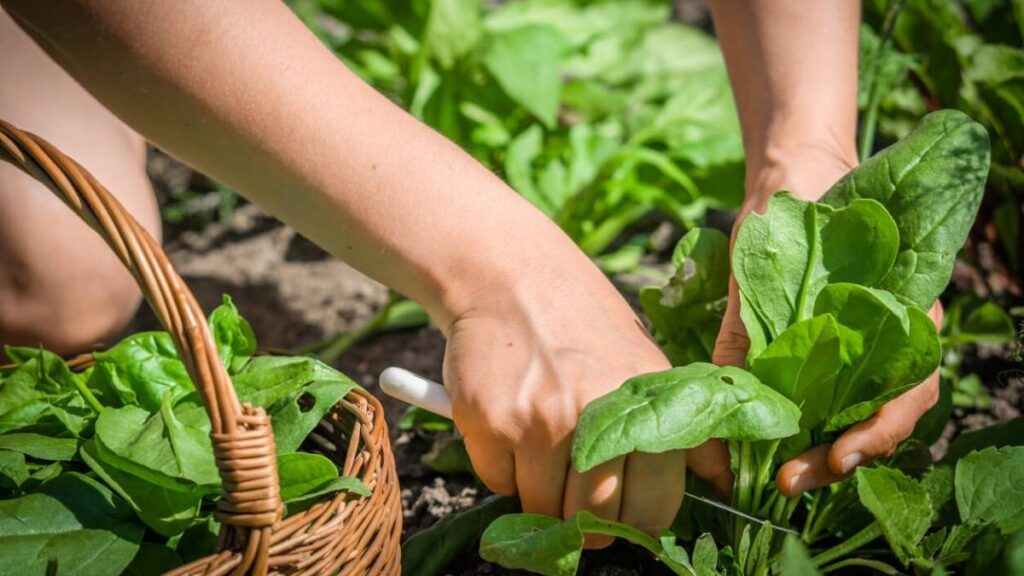
One of the most exciting steps in growing spinach is harvesting it. Spinach is ready to be harvested when the leaves are large enough to eat but still tender. For baby spinach, you can begin harvesting as soon as the leaves are about 2-3 inches long. For mature spinach, wait until the leaves are fully grown but still vibrant green. Harvest by cutting the outer leaves at the base of the plant, leaving the inner leaves to continue growing. This will allow for multiple harvests from the same plant. If you are harvesting all at once, pull the entire plant out by the roots.
Additional Tips for Growing Spinach at Home
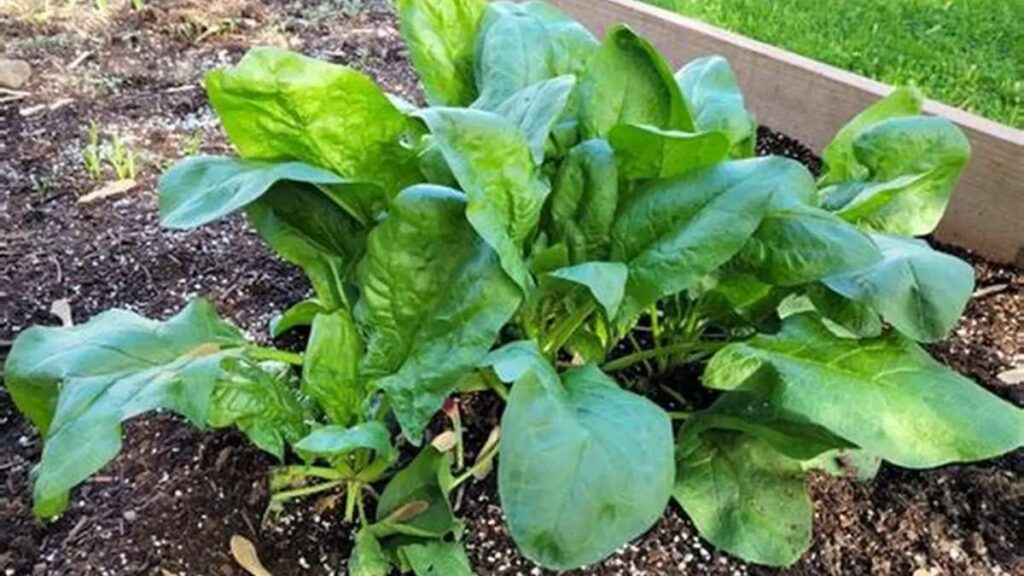
- Avoid Heat Stress: Spinach tends to bolt (flower and go to seed) when exposed to high temperatures. To avoid this, plant spinach in early spring or fall when temperatures are cooler. Alternatively, you can grow spinach in a shaded spot during the hot summer months.
- Succession Planting: For a continuous harvest, consider succession planting. This means planting a new batch of spinach every two to three weeks. This will ensure that you always have fresh spinach available, even if one batch is ready to be harvested.
- Mulching: Adding a layer of mulch around the base of your spinach plants can help retain moisture in the soil, suppress weeds, and maintain consistent soil temperatures. Organic mulches like straw or shredded leaves work best.
- Companion Planting: Spinach grows well alongside other plants such as peas, radishes, and strawberries. These plants provide natural pest control and help maximize space in your garden.
Conclusion
Growing spinach at home is an easy and enjoyable way to add fresh, nutritious greens to your diet. By following these eight simple steps choosing the right variety, preparing your soil, planting, watering, thinning, caring for your plants, and harvesting you can enjoy a steady supply of homegrown spinach throughout the growing season. Whether you’re a seasoned gardener or just starting, spinach is a great choice for anyone looking to grow their own food. So, roll up your sleeves, grab some seeds, and start growing your own spinach today!
